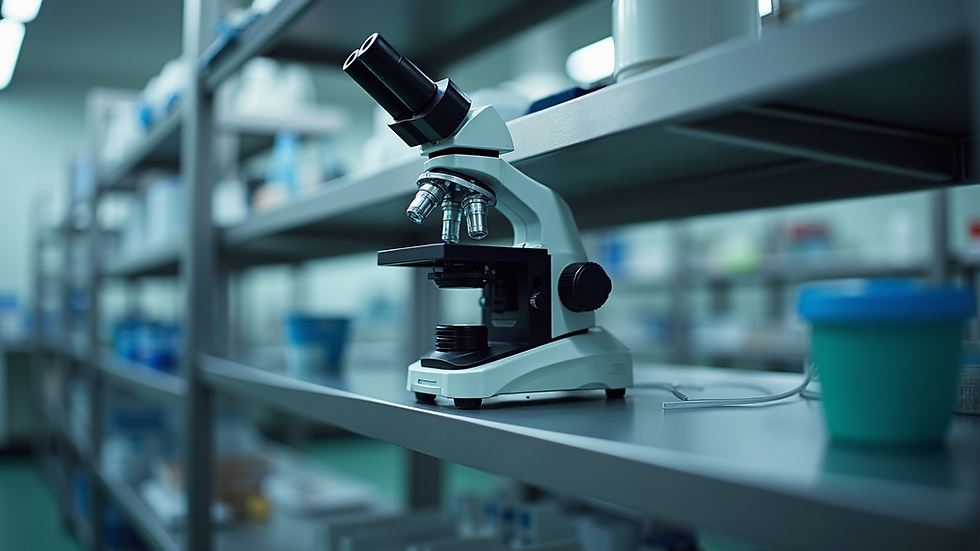Efficient Strategies for Equipment Maintenance
- rescience
- 1 day ago
- 2 min read
Equipment breaks down. Downtime costs money. Repairs take time. I focus on strategies that keep machines running. Simple. Effective. Repeatable.
Key Repair Equipment Strategies to Reduce Downtime
Plan ahead. Schedule regular checks. Spot problems early. Avoid surprises.
Use checklists for inspections.
Track wear and tear.
Replace parts before failure.
Train staff on basic fixes.
Example: A lab microscope lens gets cleaned weekly. Dust buildup avoided. Image quality stays sharp. No sudden repairs needed.

Prioritize Preventive Maintenance
Preventive maintenance saves money. Stops breakdowns before they start.
Lubricate moving parts.
Tighten loose screws.
Calibrate instruments regularly.
Clean filters and vents.
Example: Industrial centrifuge bearings get lubricated monthly. Bearings last longer. Machine runs smoother. Less downtime.
Use Data to Guide Repairs
Collect data. Analyze trends. Predict failures.
Monitor temperature, vibration, noise.
Use software to log data.
Schedule repairs based on condition, not time.
Example: A medical imaging device shows rising temperature. Alert triggers early service. Avoids major failure.
Partner with Experts for Equipment Repair and Maintenance
Sometimes, in-house fixes are not enough. Partner with specialists. Use trusted services for complex repairs.
I recommend equipment repair and maintenance providers who understand scientific and industrial tools. They offer new, refurbished, and as-is equipment options. Plus, expert repair services.

Keep Spare Parts Ready
Stock critical parts. Avoid waiting for shipments.
Identify high-failure components.
Store parts in organized bins.
Label clearly for quick access.
Example: A research lab keeps extra sensors for gas analyzers. When one fails, replacement is immediate. Experiments continue without delay.
Train Staff on Basic Repairs
Empower users. Reduce repair wait times.
Teach simple fixes.
Provide manuals and videos.
Encourage reporting issues early.
Example: Medical staff learn to replace filters on sterilizers. Saves time. Keeps equipment ready for use.
Document Everything
Record repairs. Track costs. Learn from history.
Use logs or software.
Note symptoms, actions, parts used.
Review regularly to improve processes.
Example: A facility tracks repair frequency on a spectrometer. Identifies recurring issues. Adjusts maintenance schedule accordingly.
Final Thoughts on Repair Equipment Strategies
Efficiency matters. Planning, data, and partnerships reduce downtime. Spare parts and training keep operations smooth. Documentation drives continuous improvement.
Focus on these strategies. Keep equipment reliable. Support your mission with steady, predictable performance.




Comments